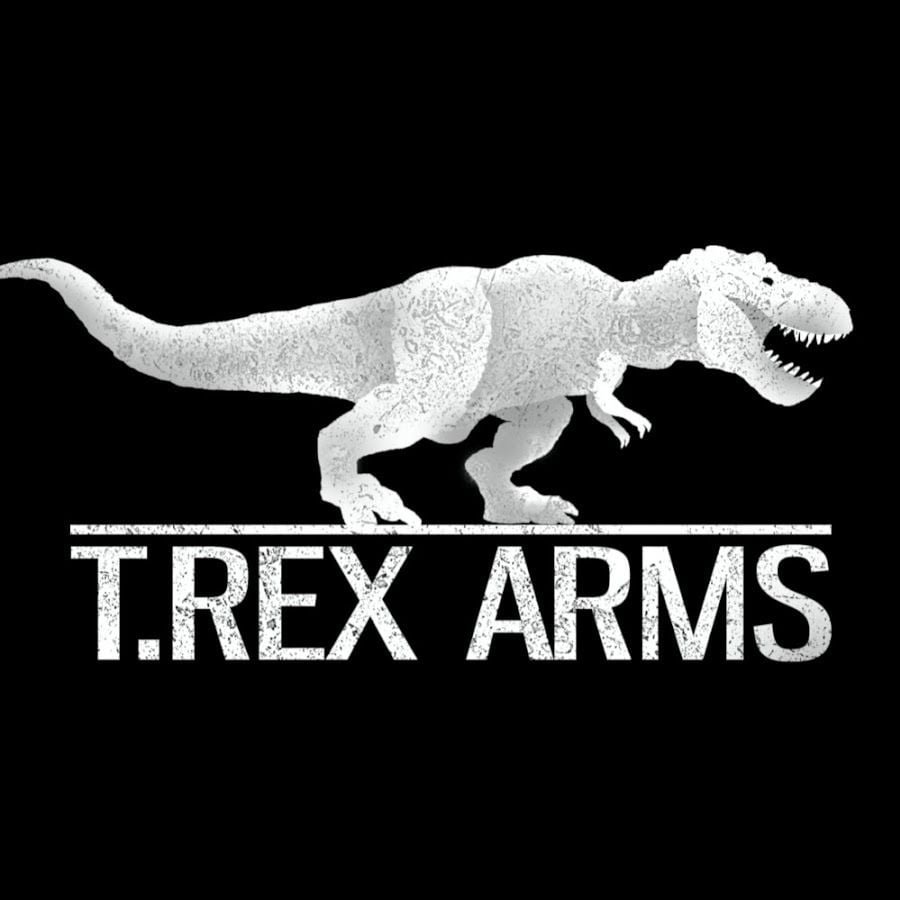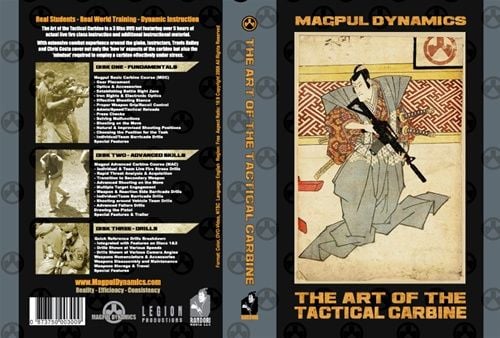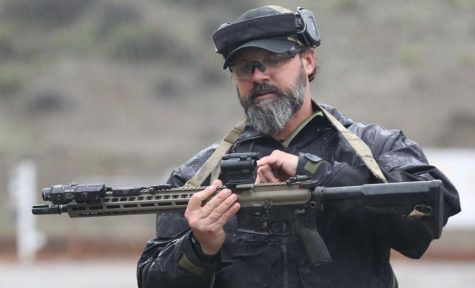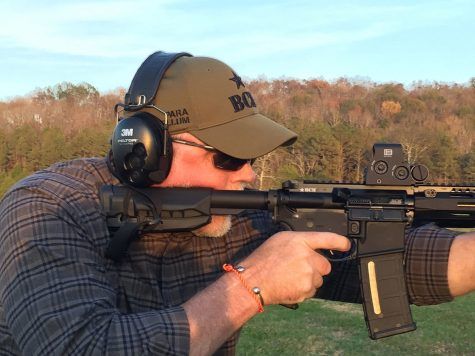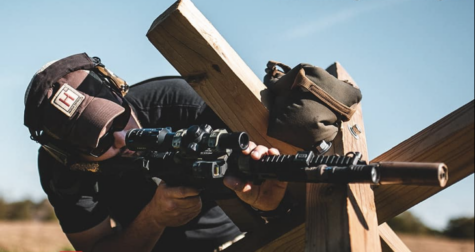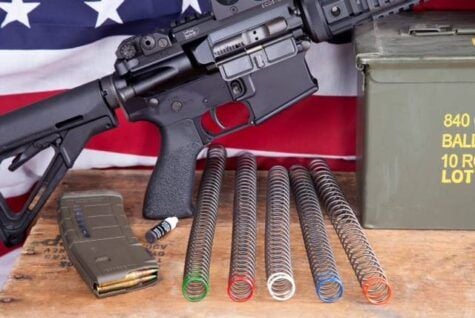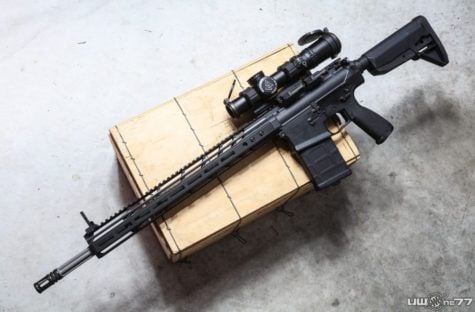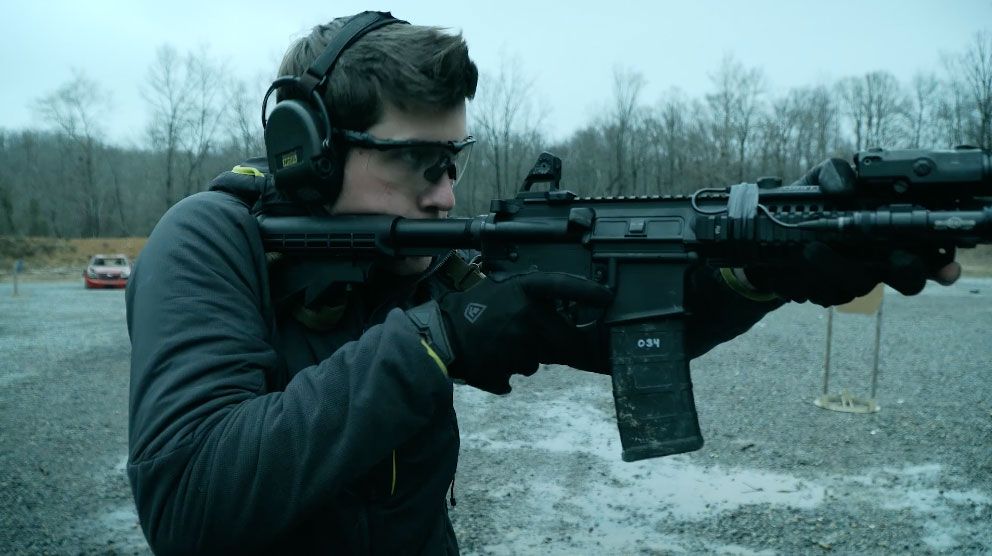
I digest A LOT of firearms-related content, and one company that has repeatedly stood out to me over the past year or so has been T.REX ARMS. While known to many as a holster and accessories manufacturer, the content coming out from T.REX ARMS featuring their CEO Lucas Botkin has been consistently unique.
The quality of information and their visually striking and fast-paced videos have made T.REX ARMS one of the more popular online destinations for those interested in the defensive use of firearms…However, this success did not come overnight.
To learn more about T.REX ARMS, we reached out to Lucas to discuss his background, his vision for T.REX ARMS, his passion for education, advice on how to succeed in business, his opinions on the AR-15, his preferred rifle setup and more.
Q: Lucas, can you give us background on who you are, and what inspired you to not only start T.REX ARMS, but also begin creating educational videos?
Lucas Botkin: I’m 25 years old…and I’m a civilian. I have no law enforcement or military background. That said, something very important to me growing up was the idea of protecting other people. It was a passion of mine. I didn’t know how I was going to do that when I was older…whether it was going to be becoming a cop, or joining the military and being a soldier or something. As I started getting a little bit older, I was a volunteer firefighter. I was doing some things in my community, and then I did some stuff over in Africa for an NGO.
It was around this time that I also started playing around with Kydex. I was making some Kydex holsters for myself and for some other people, and I thought to myself, “You know what, I want to start a company, and I want to innovate and manufacture high-end products that don’t exist on the market right now.”
Voids in the Gun Industry
Lucas Botkin: I had also been studying the gun industry, and I saw there were some voids out there…products that were not being made. So, I wanted to start a company where I could make those products.
But there was another reason why I thought starting a company would be good. My thought was we could also create platform where we could educate people on high standards of marksmanship, high standards of carrying firearms and personal responsibility.
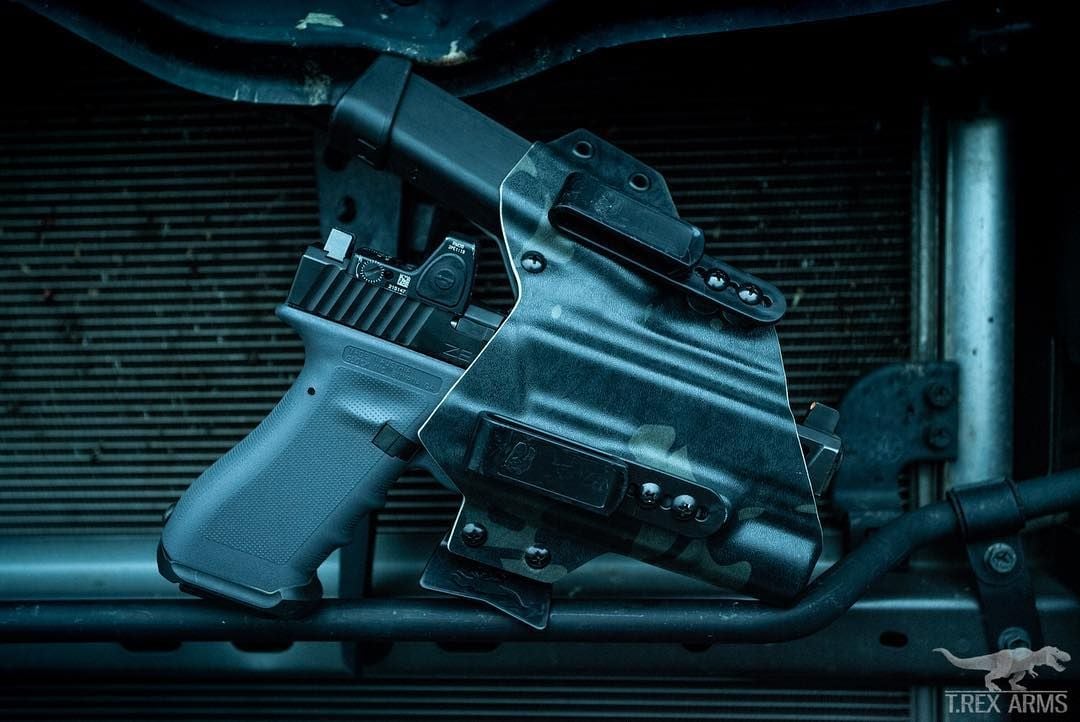
So, I started the company. When it began, all I had was a very small toaster oven that cost about five dollars at Goodwill. In total, I started the company for about 1,000 dollars. At first, the products were not that great. But as time went on, I started experimenting with new designs…the first of which was the Sidecar.
The Sidecar is a dedicated appendix carry holster that holds a pistol and a magazine. It wasn’t patented or anything, so today that design is now very commonplace. But basically the idea behind the Sidecar was to give a user the ability to carry a full-sized fighting pistol, not a single-stack pocket pistol…but a full-sized, easy-to-shoot handgun with a lot of ammunition. My thought was to give the user the ability to conceal that full-sized handgun with a just a t-shirt or button shirt, all year round.
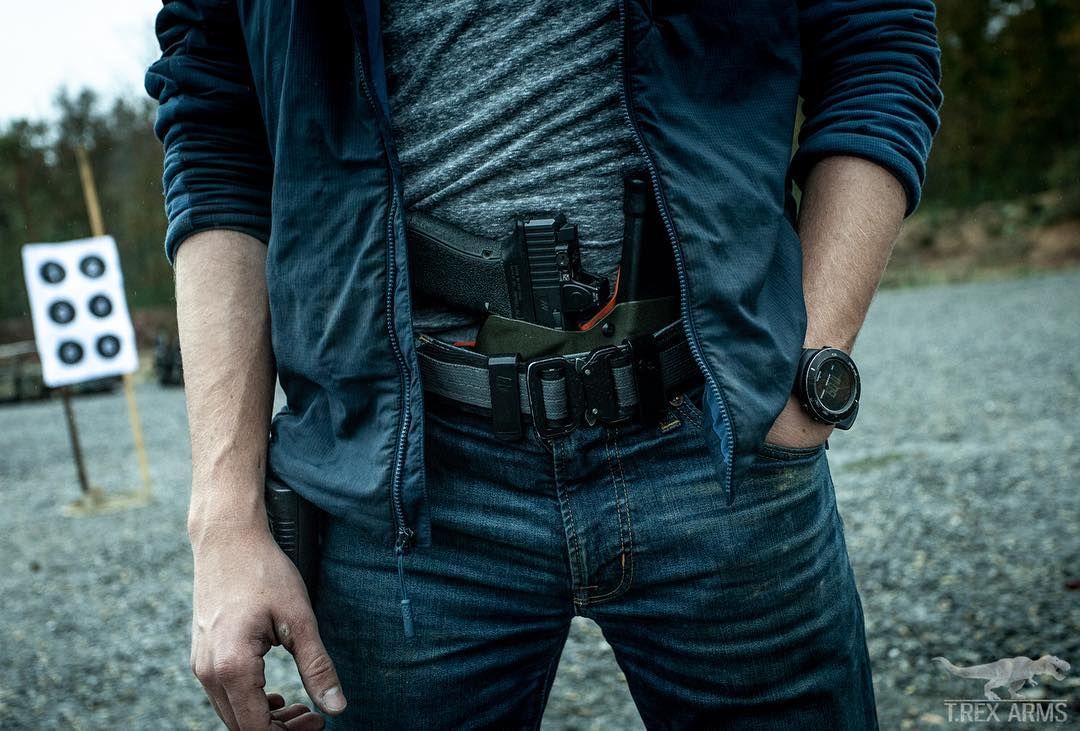
Education and Mindset
Lucas Botkin: So, due to the success of the Sidecar holster, the company took off and since then, we have tried to push educational materials because that’s what’s important to me. Again, I don’t want to just sell a product. I want to be educating people on how to use the product…how to use other companies’ products.
But even more than that, I want to educate people on the mindset around protecting others. That’s really the reason I’m doing what I’m doing…just educating the people around me. Regardless of how many people it is…five people, 50 people, 1,000 people, 10,000 people…the idea of educating and giving back is what matters and it’s what drives our company and why we do what we do.
Q: Can you talk a bit about what goes into making your videos? You make it look easy, but I would imagine that there’s a lot of work that goes into them.
Lucas Botkin: A big part of presenting educational content is not just making the material and pushing content out there, but making it enjoyable enough that people will sit through it. The attention spans of people, especially for young guys like myself, it’s very different than it was maybe 10 or 20 years ago. It’s something I started noticing when I began T.REX ARMS. A lot of companies were doing content that was very “early 2000s” or even “1990s” in style. It wasn’t interesting to me, and I knew it wouldn’t be very interesting to other people my age.
So, when T.REX ARMS started producing video content, I wanted to produce it in such a way that it would really capture the attention of the younger generation. It had to be aesthetically pleasing. It had to be fast paced.
Making Videos Enjoyable
Lucas Botkin: Thankfully a blessing I had is older brothers who ran a media production company. I was very immersed in that growing up. Because of this, I think I had a bit of an advantage compared to some companies when it came to video production.
To other companies out there that want to produce good videos, I would simply advise that when they’re producing an educational video, they can’t just make it based on what they want. They have to make the video based on what their audience will enjoy, want, and what they they’ll retain. So that’s why with the T.REX ARMS videos, we try to color grade the footage…we film at 24 frames per second. Also, we try keep them very fast and short so that it’s not a long monologue.
Concise, Decisive and To-The-Point
We try to keep it concise, decisive and to-the-point. And, that is one of the main reasons I think our YouTube channel has done very well. It is because it’s much easier for someone in the younger generation to see our content and understand what we are doing and appreciate the content because it’s not just someone sitting at a desk talking for an hour. It’s 10 minutes that looks really nice with good sound quality, some action and some fast talking…and I think that has worked very well and it’s something that would be very easy for a lot of companies to start doing.
Q: The videos are truly top-notch, but it’s interesting that they are often focused on rifles…yet they are coming from a company I know mostly for being a holster and accessories manufacturer. Can you talk about that?
Lucas Botkin: We started out as a holster company primary for pistols, but the importance of carbines cannot be overstated. Pistols have their place, but ultimately, carbines are what you would want for home defense in a best case scenario, or during civil unrest…so I prioritize carbines over pistols a lot.
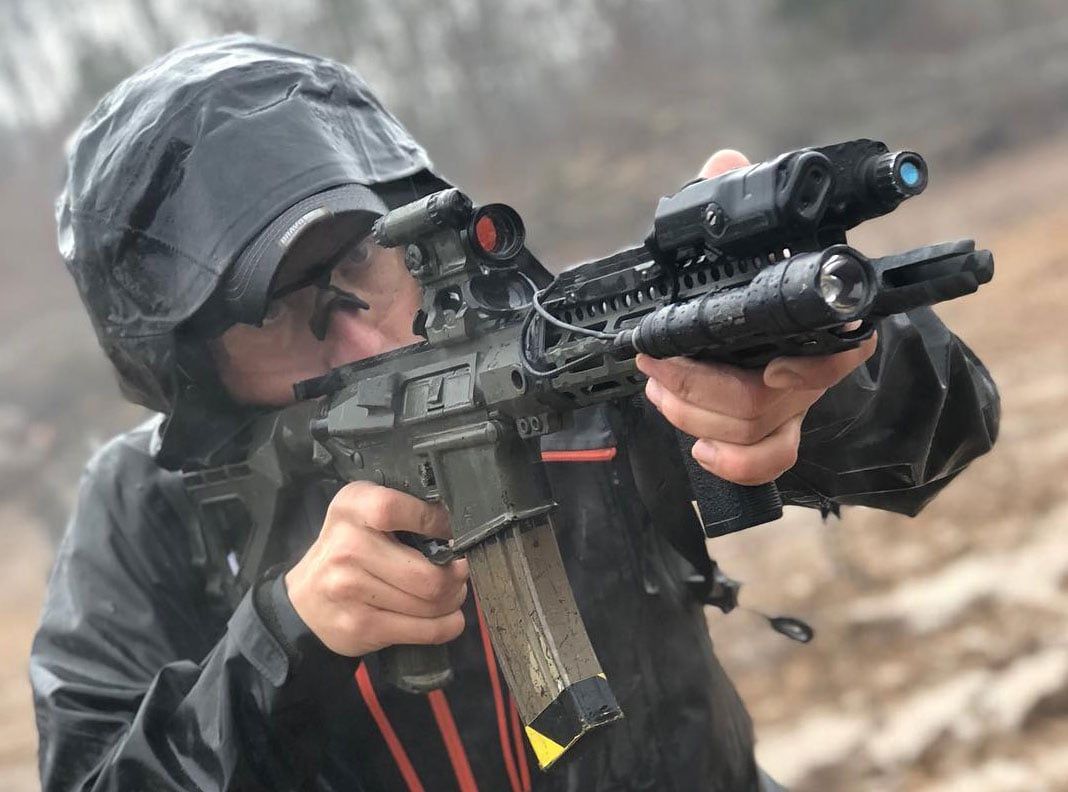
Again, pistols are important, but carbines and rifles are much more effective. Because of that, we dedicate a lot of time to long guns because it’s probably the most important and effective small arm that we can have. The carbine is really the great equalizer. Pistols can be…but a rifle in the hands of someone who is trained…that’s really where big differences start to show. Carbines are also much easier for beginners to shoot versus a pistol.
Another reason why we dedicate a lot of time showing videos with carbines, is I want to show people that AR-15s are totally “normal” culturally. They are not more “evil” than a Glock or a bolt action hunting rifle. The AR-15 is a gun…it’s a rifle that shoots 5.56 and there’s nothing “wrong” or “evil” about it. So, my hope is these videos also to help remove some of the stigma around rifles like the AR-15.
Q: You mention rifles in the hands of someone who is trained…can you talk about the importance of training? I’ve heard it mentioned also that you’re mostly self-trained. I must say, you seem very proficient in your videos.
Lucas Botkin: When it comes to training, I knew that if I wanted to be proficient, there was a switch I needed to flip. It was the discipline of getting on the range to train and get better. I had to “switch my brain on” and tell myself I wanted to be more than just average.
Shooting with Purpose
So for me, it was also using study materials that existed and focusing on the standards other skilled shooters were setting. I also committed to shooting my ammo with purpose. I want every round I fire to have some sort of purpose behind it that I’m gaining benefit from. What I’m NOT doing is just mag dumping into a target at five yards.
At first, I just had to learn “what’s average?” Then I had to learn “what’s above average?” When those Magpul “Art of the Tactical Carbine” videos came out, it was those videos that showed me some of the standards. I saw how good I could potentially get.
Establish What is Possible
So, when people ask me about training, I tell them they have to establish what is possible. If they’ve never been around good shooters growing up, their baseline of what’s expected of them and what’s possible is probably very low. As soon as you start researching pro shooters, whether they be competition shooters or special operations guys running training companies, then you can really see the standard to aim for.
I may not ever be that good myself, but I know what the ceiling is. I can be a little below that, but I can push myself. You need to give yourself goals and objectives…but you are able to do that only when you have a perspective on what is possible.
Q: Any advice on where to gain that perspective?
Lucas Botkin: When I started, I simply watched a lot of videos from a lot of people. I saw their accuracy and speed, and then I told myself that was what I needed to train towards. Then it just came down to me going to the range by myself. I didn’t take a lot of classes. I’ve taken one official carbine class with Redback One. It’s the only rifle class I’ve ever taken.
Now, I have had good mentors along the way, and I’ve had some great people I’ve worked with, but I have not taken a lot of official classes. It’s just been a lot of purposeful training on my own and studying outside of that so I know what I need to work on.
As for where to get perspective, I would say that there’s a lot of great materials out there. There are a lot of really good instructors putting excellent things out. I’m also wanting to put content out there that people can find so they can go and train on their own. So that’s another goal I have – helping people teach themselves more effectively…because that’s what I’ve had to do.
Q: You’ve seen some great successes with your videos and with your company. Is there any advice you can give to younger folks looking to get into the firearms industry, or just perhaps looking to start a business of their own?
Lucas Botkin: I talk to a lot young people, and they will tell me “I want to get into the gun industry…” “I want to start a business…” or “I want to be an instructor…” and those are all great dreams to have. You have to have a dream to know how to get there.
But what I tell people is, “If you want to be seen as an expert, you have to possess an above average level of skill that people will want to beat a path to your door to receive.” So, you have to work to get to that point. Similarly, if you want to start a successful company, you have to work for that. It comes down to just telling young people, “You have to be prepared to put in six days of work a week. You’re going to have to work from morning until evening if you want to become extremely good at your craft, no matter what it is.”
Q: There’s not a lot of short cuts to success. People don’t always see the grind and hustle behind the success.
Lucas Botkin: Certainly. That’s for anything in life, not just shooting. Now, if you want to be an expert instructor, that means you need to be, generally speaking, a very good shooter.
That means you need to be dry-firing an hour a day. That means you’re getting out to the range at least once a week, putting in serious time and potentially investing serious money. Unfortunately a lot of people, they go, “Oh, it’s that hard to get to that point? Well I’m not interested.”
It’s the same with starting a business. A lot of businesses don’t last past the first 12 months because people are not willing to work past that first, really difficult year, six days a week, from morning to midnight…making ten bucks a day. But that’s ultimately what it can take to be successful. You might have a few years of grinding, having nothing and just consistently getting beaten down. But, if you can get past that and survive three or four years, then you’re probably good-to-go and in a much better position to start excelling.
Years of the Grind
For me, it really didn’t start picking up in terms of training and working with different people until last year. That was after 4.5 years of being in the shop, being a low-level shooter, just shooting on the range by myself.
I spent years just doing that, and now, after all that time, people are now becoming interested in what I do, contracting me out for training, asking for business advice…but I had to go through those first pivotal years of grinding, making no money, having no free time.
That’s just ultimately what it comes down to if you want to start a business or become an expert: time investment and the grind. It’s not “cool” and it’s not “fun”, but you have to be able to persevere through that and work diligently.
Q: You are around an extremely wide variety of firearms. Do you have a favorite? Where does the AR-15 rank for you?
Lucas Botkin: I get asked what’s my favorite gun…My response is “whatever gun gets the job done at that time. That’s my favorite.”
BUT, I still have preferences. And my preference is an AR-15 with direct impingement. And I say that after shooting a LOT of different guns. I own a lot of different guns…Steyr AUGs, M1As, SCARs, ACRs, a lot of AKs. I spend a lot of time on these different platforms just so that I am more knowledgeable on them, but every time I spend time on these different guns, it makes me appreciate an AR-15 that much more.
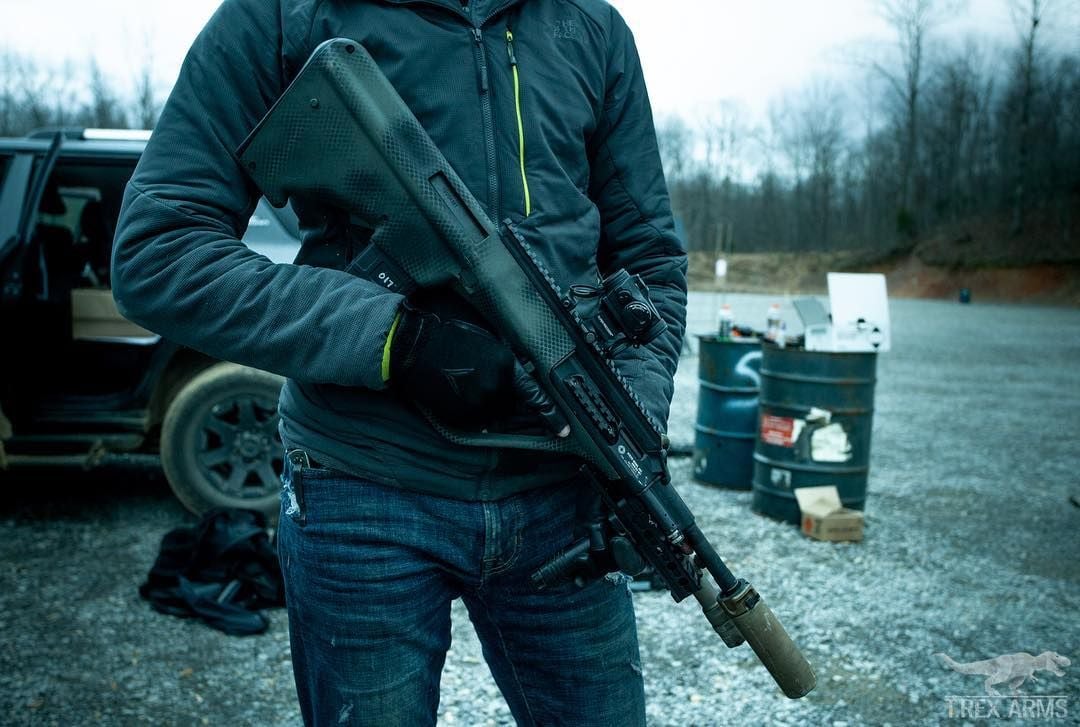
It really is still the pinnacle of small arms technology. Now that could change in 20 years, but right now I do believe that the M4, with all things considered, is still the most superior long gun option for most people.
Q: Do you have a preferred set-up?
Lucas Botkin: With mine, I have a lot of different variations. I have different lengths. I experiment with a lot of different optics and different technologies that go on the guns, but my favorite all-around set up if I had to choose one today, if I was taking a trip somewhere would be an 11.5 or a 10.3” short AR.
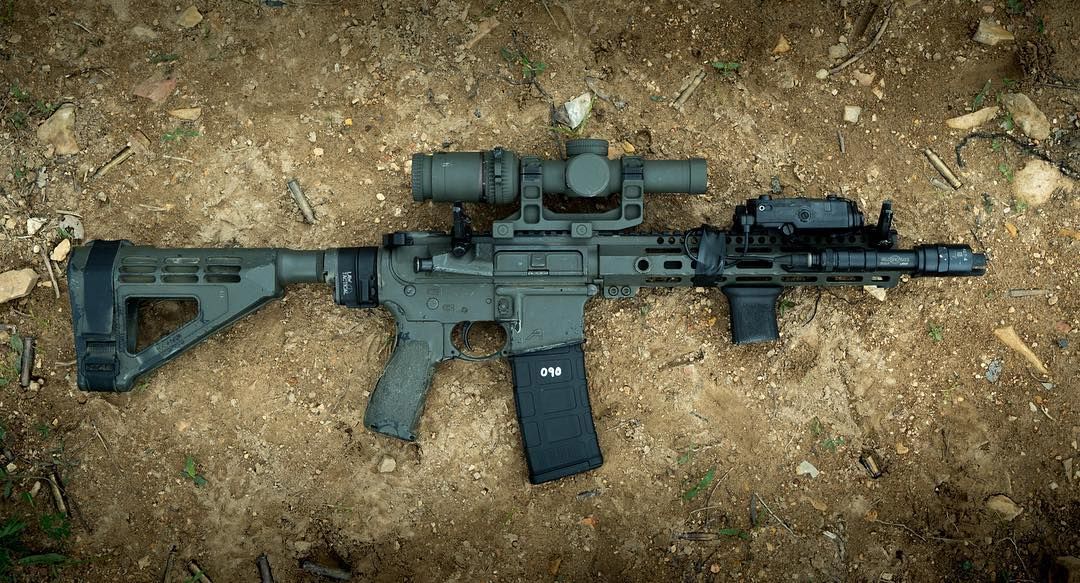
It would be an AR pistol so there’s no legal ramifications of me traveling to most states. I can have it in a backpack. It’s good-to-go. I run the SBA3 Brace which works really well. And then an Aimpoint T2, which in my opinion is my favorite red dot…the Aimpoint t2 really does it for me.
Then I add a Surefire white light…An IR laser if I have night vision with me on the trip…PEQ-15 or an LA-5 of some sort. And then, a Surefire suppressor. Finally, I’d have a Geissele trigger which allows me to shoot faster with more precision. But that’s my pretty basic set up.
Short and Basic
I may change the optic to a low power variable optic. I’m playing with those a lot right now. But if I just had to pick something right now, it would be the Aimpoint T2 on the build I just described, as it will work for most situations here in the states, or anywhere really. I say all this after shooting a lot of different stuff for the past five years. I just keep coming back to that set up.
Q: Finally, you and T.REX ARMS had a tremendously productive 2018…can you talk about your plans for the year ahead?
Lucas Botkin: T.REX ARMS put a lot of content out in 2018. We published a lot of stuff on Instagram, Facebook and YouTube. In 2019, we are hoping to double the amount of content we can put out, and also have other people involved in producing content for our company.
So, we’ll be producing a lot of videos for YouTube which you can see on our channel, and we’ll also have exclusive video content on our website, where we can post content without being constrained by the tyrannical grasp of YouTube and some of the social media networks.
Instead, we can publish exactly what we want on our servers of any length that we need. So, we’ll have exclusive videos on our webpage dealing with different rifle builds, different drills and things like that.
Obviously, on our social media, we’ll still put a lot of content out there, whether it’s on the T.REX ARMS Instagram or my Instagram which is lucastrexarms, where I publish a lot of different educational content but also my political views dealing with the Second Amendment.
Goals for 2019
But our big goals for 2019 are more educational materials, and then we also have some products coming out very soon to assist with training. Later on in the year, we’ll be releasing some products to boost the effectiveness of long guns. We have an offset red dot mount coming out…and there’s a few things built into it that I was needing that I didn’t see anywhere else on the market. We have some other cool products as well. T.REX ARMS rifle accessories are coming…this year will be our first year doing that.
But again, the educational materials are really what we’re focusing on. It’s the priority. It is what benefits the community the most. The products are just the cherry on top. I want to keep helping people out and filling voids in the industry…but at the end of the day, the education is really what matters. It’s why we do what we do.
###
A huge thanks to the very busy Lucas Botkin for taking the time out of his schedule to chat with us. For more information about T.REX ARMS, be sure to check the links we’ve spread throughout the article…or simply visit their website.
